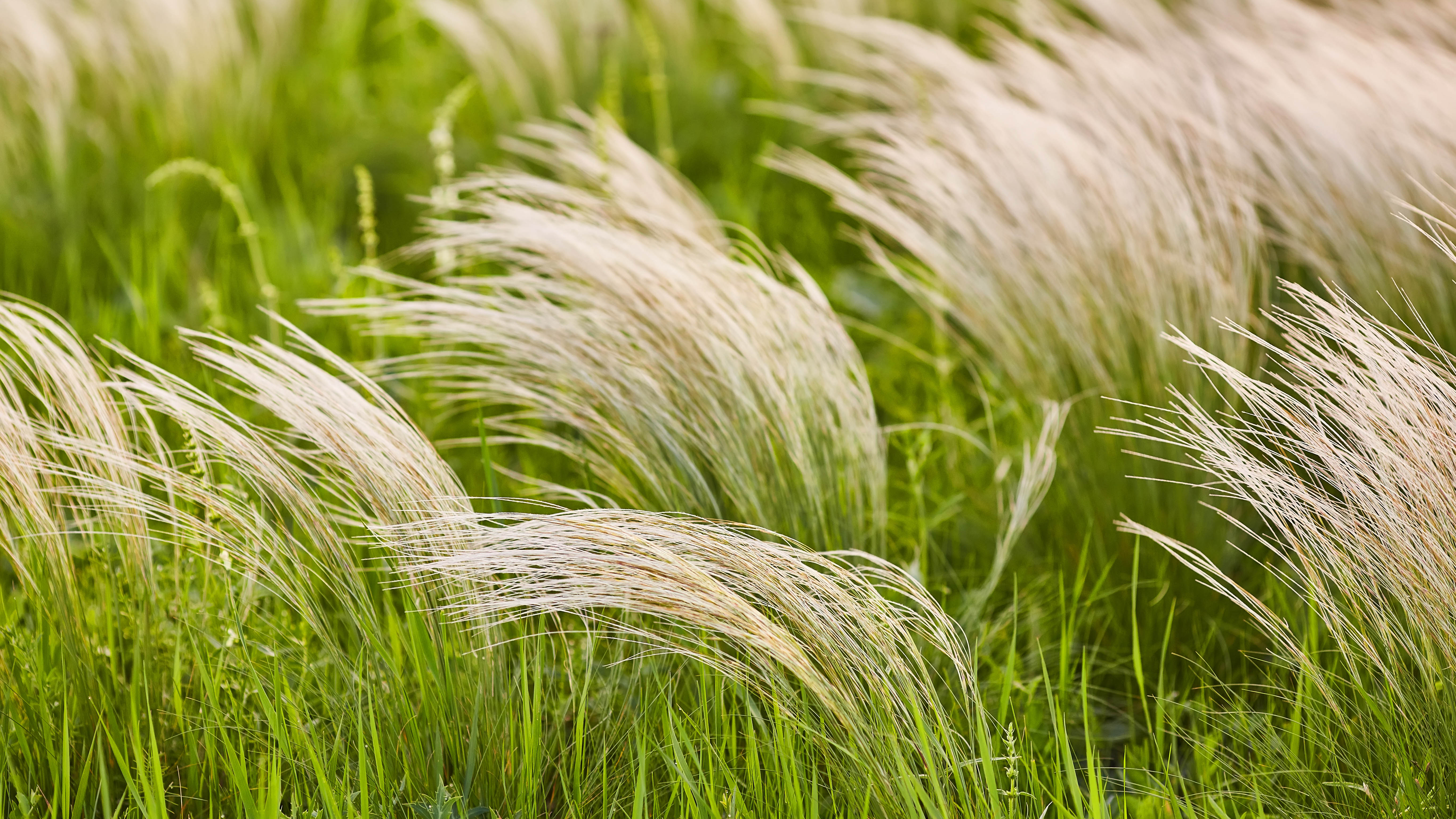
Winter may well be on its way but that doesn’t mean you should forget all about your outdoor space. Whether you’ve acres of land, a modest patio or a tiny terrace with a few potted plants, maintaining your green space in winter will ensure its health and vitality, preserving its looks year-round.
However, the colder months bring unsettled weather and strong winds can be detrimental to your plant life, causing physical damage, breaking branches or even uprooting. Lots of wind can also accelerate moisture loss from leaves, leading to dehydration and stress. If you’re not careful your garden might not be so green come springtime.
Thankfully, there are things you can do — other than battening down the hatches and hoping for the best — to ensure your outdoor space is kept looking mighty fine, whatever the weather. One of those is ensuring you install flora that are more susceptible to wind damage than others. But what plants should you go for and why? We’ve spoken to some of the most esteemed gardening experts to find out what are the best plants for enduring high winds.
Choosing the right plants: the experts’ rule of thumb

Before we get into the top plants for windy green spaces, it’s worth exploring what guidelines should be followed for planting new additions if your greenspace is prone to a hefty gust or two.
For example, trying to block the wind outright is a common mistake some people make, says James Hall, Woodland Team Leader at the Royal Horticultural Society (RHS).
“For a windy site, try filtering the wind rather than attempting to block it completely,” he advises. “A solid fence or dense evergreen hedge will often just force the wind upwards and over it, causing turbulence on the other side.
Wind causes plants to dry out – a bit like your washing in the wind – so choose plants that have adapted to these conditions, either with hairy leaves, or waxy, silver leaves like the Sea buckthorn.
James Hall, Royal Horticultural Society
Instead, Hall recommends a selection of trees, shrubs and perennials of different heights and forms as these can help dissipate the wind’s energy.
Get instant access to breaking news, the hottest reviews, great deals and helpful tips.
As a general rule, he also recommends choosing plants that have grass or needle-like narrow leaves, as these will fare better in strong winds.
“Wind causes plants to dry out – a bit like your washing in the wind – so choose plants that have adapted to these conditions, either with hairy leaves, or waxy, silver leaves like the Sea buckthorn,” he adds.
“And while it’s tempting to buy large specimen trees for instant impact, try to be patient and buy younger, smaller trees as they will establish better and be more resilient to the elements.”
The type of plant you buy, however, is going to make the biggest difference. And so its level of hardiness and ability to endure harsh conditions is something to seriously consider when choosing plants for windy areas.
You'll want to choose plants that are sturdy and can withstand strong winds without breaking or getting damaged,” says Sean Lade, gardening expert and founder of Easy Garden Irrigation.
He adds that evergreens and screening plants can be especially useful - such as Griselinia, Conifers, Holly, and Bamboo - as they offer year-round protection and privacy.
“Ultimately, choosing the right plants for your windy garden can help ensure its longevity and beauty.”
Be sure to also check out 7 plants to create more privacy in your backyard.
The best plants for enduring high winds
Now you’re aware of some general top tips for preparing your windy outdoor space before planting the plants, what greenery is best to go for? Here are some top picks for plants in windy outdoor spaces, listed by their common or nicknames (with scientific or botanical names in brackets).
1. Mexican feather grass (Stipa Tenuissima)
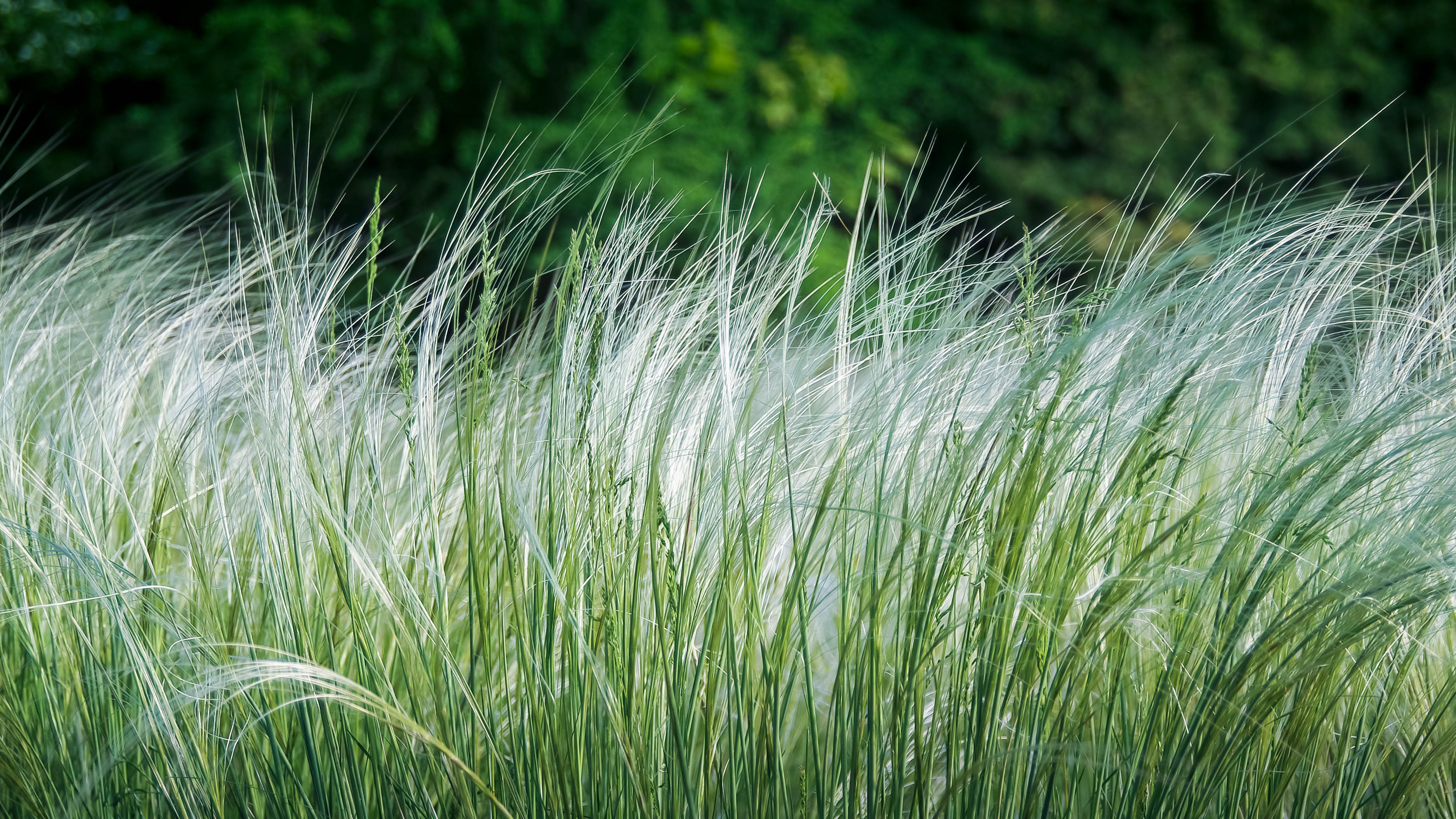
Hall recommends the Mexican feather grass, also known as the stipa Tenuissima plant, for those with gardens prone to high winds.
“This plant works well in borders or pots and has airy foliage and seed heads in summer that gracefully sway in the wind rather than breaking,” he says.
This is also one of Lade’s top picks since it's not only beautifully delicate looking but also super resilient.
“Its fine leaves allow air to pass through, reducing the risk of wind damage,” he says. “Grow in medium to light, moderately fertile soil in full sun.”
2. Lamb’s ear (Stachys byzantine)
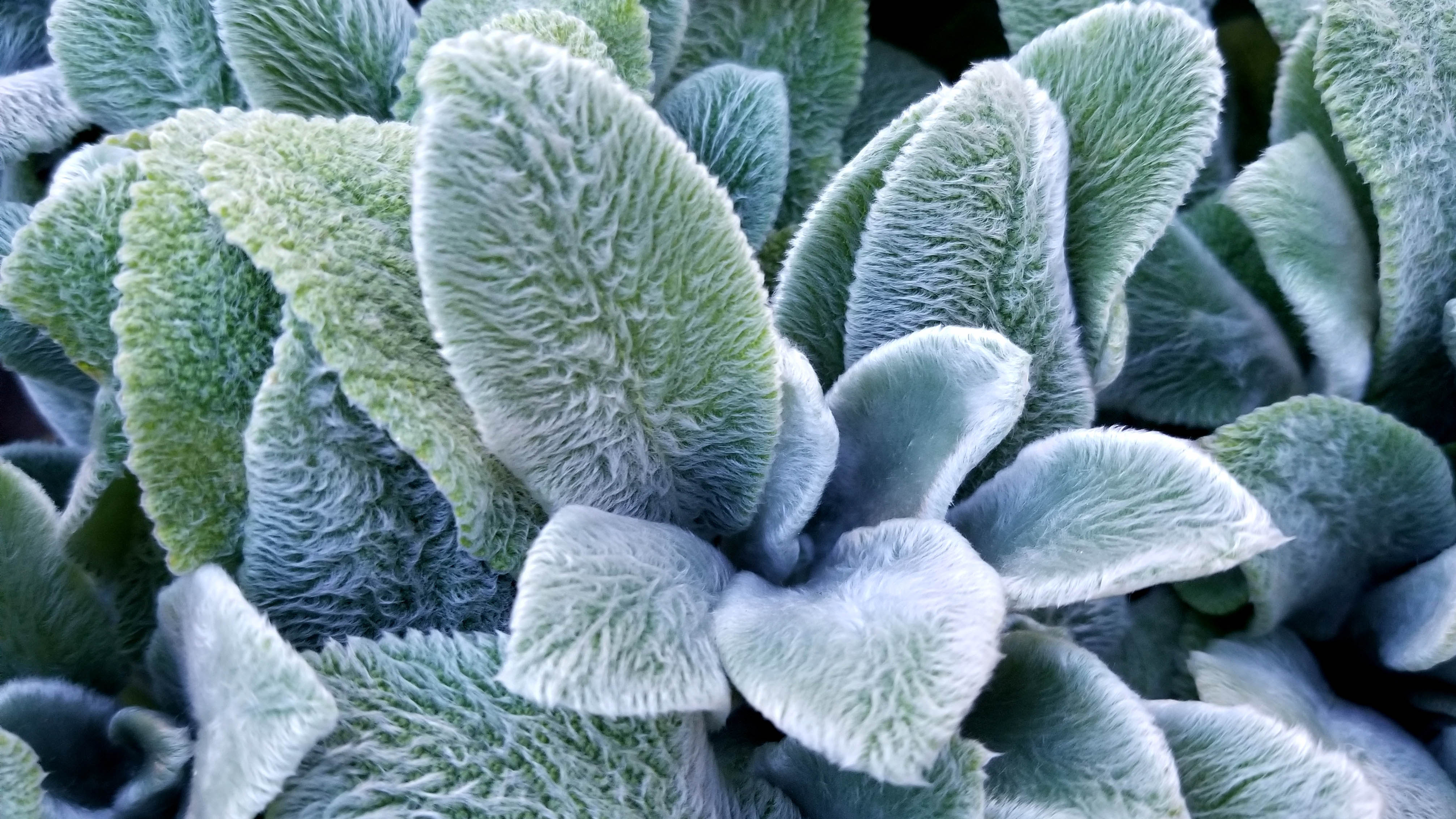
Lamb's ear is ideal for windy gardens due to its drought tolerance, low growth habit, and fuzzy leaves that reduce wind resistance, according to Hall.
“This hardy plant thrives in challenging conditions, making it a great choice for windy landscapes,” he says. “Its sturdy structure ensures it can withstand strong winds and, as a perennial, it offers long-term wind protection.”
Luckily, lamb's ear is also one of the 7 plants that prevent weeds in your yard.
3. New Zealand broadleaf (Griselinia)
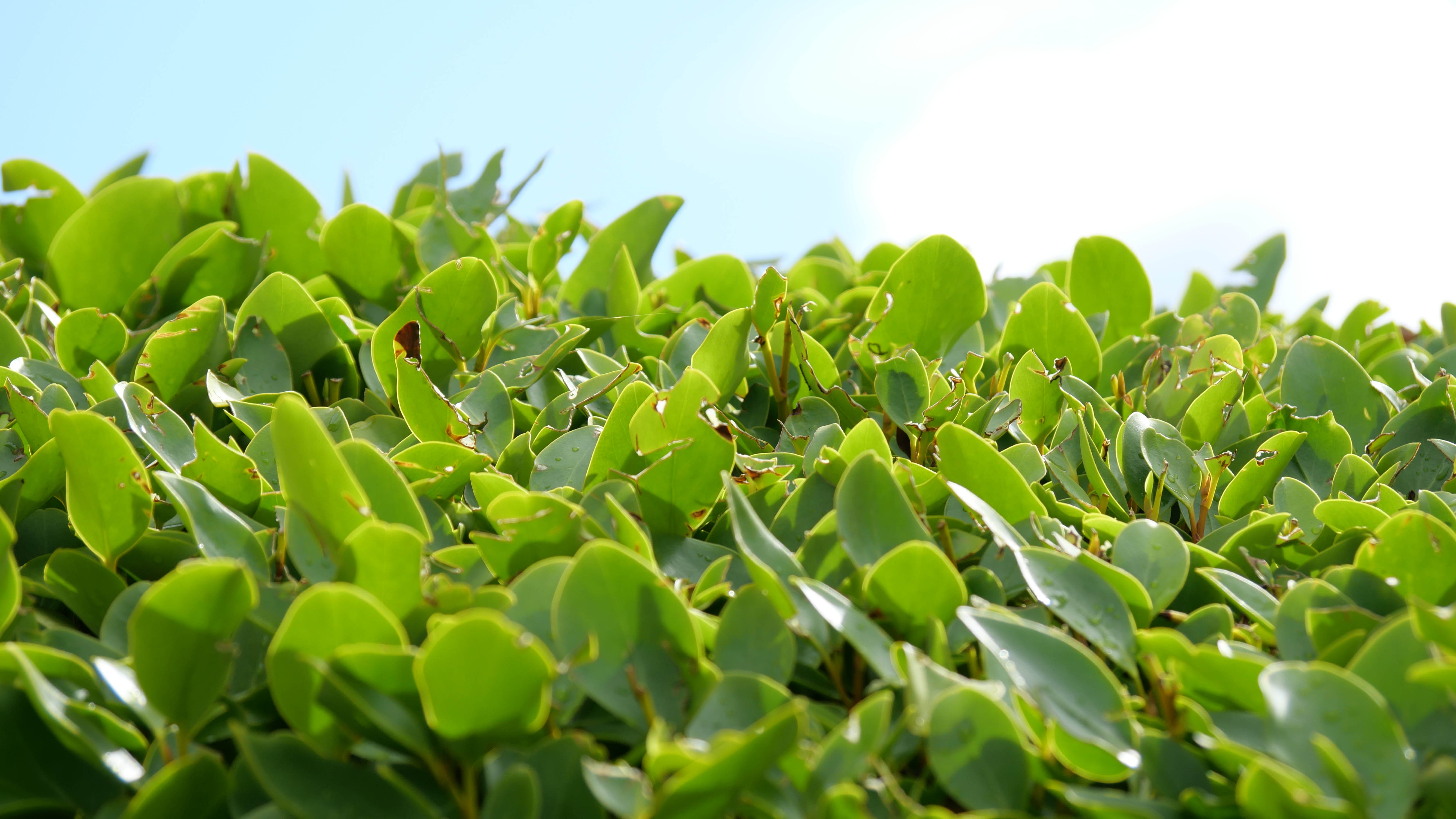
Lade’s favourite choice for a hardy evergreen hedge is Griselinia, which he claims to be an ideal plant for windy areas for several reasons.
Firstly, it has tough, leathery foliage that can withstand strong winds without getting damaged. And secondly, it is an evergreen plant, which means it offers year-round protection and privacy.
“Griselinia hedging can be grown into a dense hedge that can act as a windbreak, helping to reduce the impact of strong gusts of wind,” he says. “It’s relatively low-maintenance, making it a popular choice for many gardeners.”
4. Scarlet willow (Salix alba 'Britzensis')
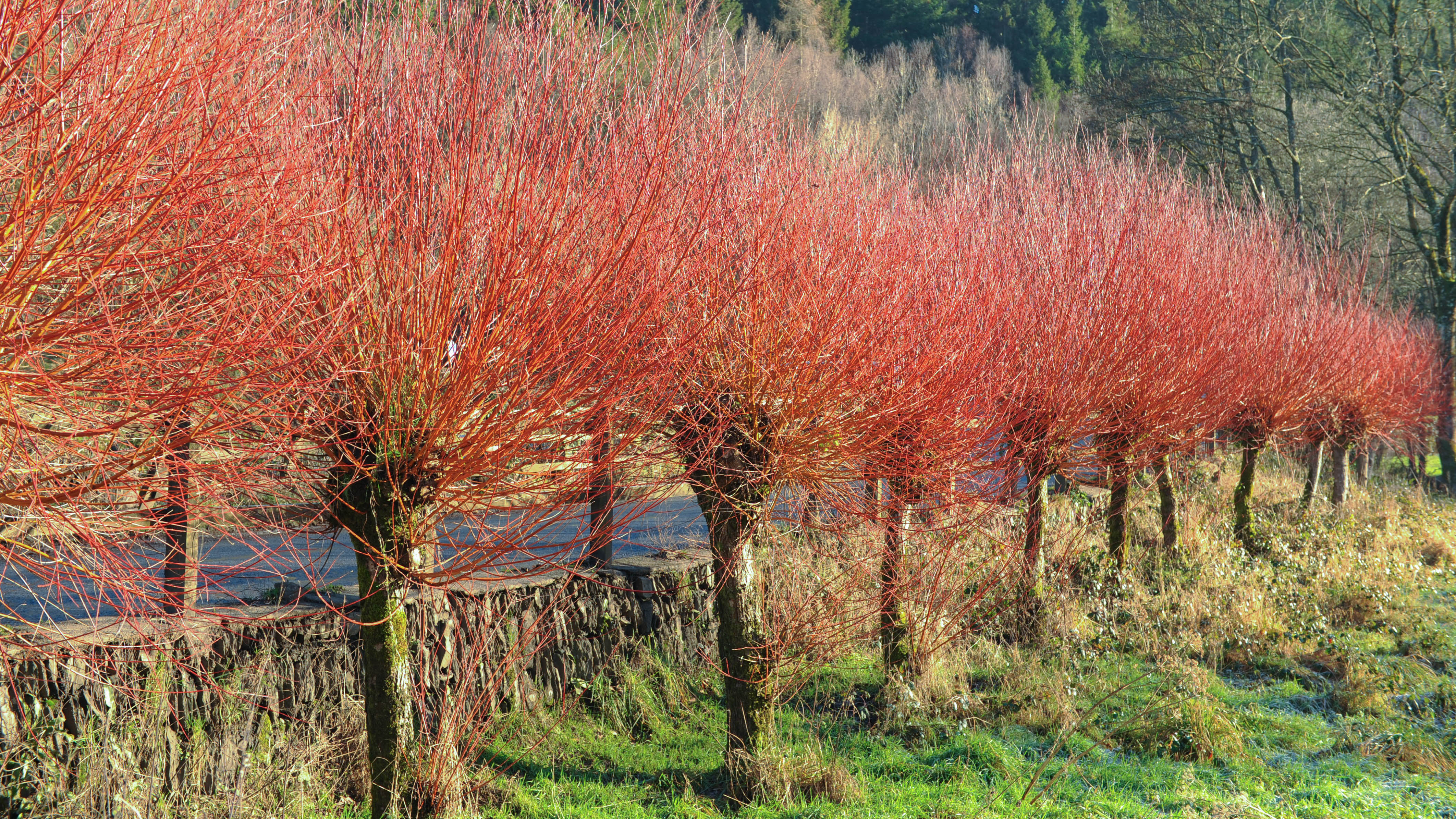
According to Hall, shrubs such as willows and dogwoods are great for creating that varied height needed in windy sites as they can be coppiced and stooled each year to whichever height you want.
“A particularly stunning specimen is the Scarlet willow also known as the Salix alba 'Britzensis', with its numerous fiery stems,” he explains. “These can provide some much-needed colour in winter.”
5. Hawthorn (Crataegus monogyna)

Both Hall and Lade recommend our native Hawthorn (Crataegus monogyna) as a wind-resistant shrub thanks to its dense foliage, which provides a natural windbreak while bringing the gift of seasonal blooms and berries.
“The hawthorn, with its thorny branches, will keep unwanted visitors out of your garden and remain hardy against higher winds while providing a great habitat for nesting birds,” explains Hall.
6. Bowles's Mauve Wallflower (Erysimum)

The Bowles's Mauve Wallflower, also known as Erysimum, is a tough perennial known for its long-lasting flowers.
According to Lade, its compact growth habit and sturdy stems make it an “excellent choice” for windy outdoor spaces as it stands up well to gusts without flopping.
“For best results, plant it in well-drained soil and for severe frosts, wrap it with a fleece to protect it from the cold conditions,” he adds.
7. Glenluce (Geranium sanguineum)

Last but not least is the Glenluce, a hardy perennial with sturdy stems and durable flowers.
According to Lade, this plant can thrive on windier sites thanks to its low, spreading growth habit.
“Its robust nature enables it to withstand stronger winds, making it a top choice for windy gardens,” he says. “It’s also easy to grow and tolerant of most conditions except waterlogged soil.”
More from Tom's Guide
- 7 best plants to grow in clay soil
- We've also found 9 best plants that grow back every year
- And here are 7 best plants for your patio

Lee Bell is a freelance journalist and copywriter specialising in technology, health and fitness and how the latest innovations are shaking up the lifestyle space. From national newspapers to specialist-interest magazines and digital titles, Lee has written for some of the world’s most respected publications during his 12-plus years as a journalist.
